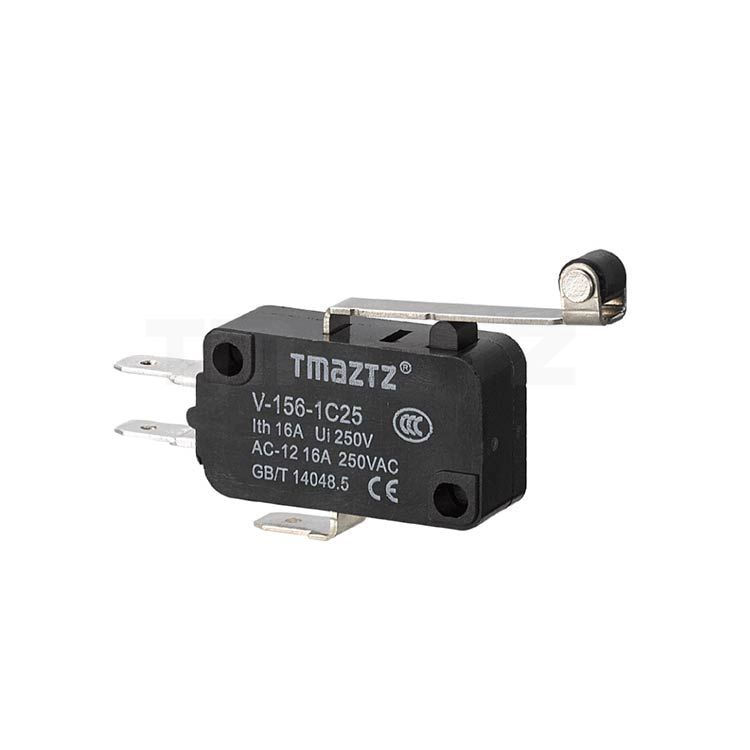Operation Principles of Electroplating Electrolytic Rectifiers
Electroplating electrolytic rectifiers play a pivotal role in the electroplating process, facilitating the deposition of metallic coatings onto various substrates. Understanding how these rectifiers function is fundamental for anyone involved in electroplating processes or interested in the intricate world of electrochemistry. In this comprehensive guide, we delve into the workings of electroplating electrolytic rectifiers, exploring their components, operation principles, and applications.

Before delving into the specifics of electrolytic rectifiers, it's crucial to grasp the basics of electroplating. Electroplating is a process utilized in various industries to coat a conductive object with a thin layer of metal through the use of an electric current. This process enhances the appearance, corrosion resistance, and conductivity of the coated object, making it indispensable in applications ranging from automotive components to electronic devices.
Components of an Electroplating Electrolytic Rectifier
An electroplating rectifier comprises several essential components, each playing a vital role in its operation:
Transformer
At the heart of the electrolytic rectifier lies the transformer, which converts alternating current (AC) from the mains power supply into low-voltage direct current (DC). This conversion is essential for providing the stable and controlled electrical output required for the electroplating process.
Rectification Circuit
The rectification circuit is responsible for converting the alternating current output from the transformer into a unidirectional flow of current. This process ensures that the current consistently flows in one direction, enabling efficient electroplating without the detrimental effects of alternating current.
Filtering System
To achieve a smooth and steady direct current output, electrolytic rectifiers incorporate a filtering system. This system reduces fluctuations and ripples in the current, providing a stable voltage conducive to uniform metal deposition during electroplating.
Control Mechanism
Modern electrolytic rectifiers often feature sophisticated control mechanisms, including microprocessors and digital interfaces. These controls allow operators to precisely adjust parameters such as current intensity, voltage, and plating duration, ensuring optimal results and minimizing wastage of resources.
Operation Principles of Electroplating Electrolytic Rectifiers
The operation of an electroplating power supply follows straightforward principles rooted in electrochemistry and electrical engineering:
Related links:How does a small limit switch work?
How does a touch screen industrial monitor work?
How do medical LCD screens differ from regular LCD screens?
AC Coupled Hybrid Inverter: Unlocking the Power of Renewable Energy
USB 2.0 Camera Module: 4 Things You Need to Know
Mini Compact Substation: A Compact Solution for Electrical Distribution
Is a Heating Pad Good for Neck and Shoulder Pain?
Rectification: The rectifier converts alternating current into direct current, ensuring a consistent flow of electrons in the electroplating circuit.
Current Regulation: By adjusting the voltage and current settings, operators can regulate the rate of metal deposition onto the substrate. Higher currents typically result in faster plating rates but may lead to issues such as burning or uneven coating if not carefully controlled.
Electrodeposition: The direct current supplied by the rectifier drives the electrochemical reaction responsible for depositing metal ions onto the substrate surface. This process involves the reduction of metal cations from the electrolyte onto the cathode (workpiece), forming a uniform metal coating over time.
Applications of Electroplating Electrolytic Rectifiers
Electroplating electrolytic rectifiers find widespread application across diverse industries, including:
Automotive: Electroplating is used to apply decorative chrome finishes, corrosion-resistant coatings, and functional coatings for electrical conductivity in automotive components.
Electronics: Printed circuit boards (PCBs) and electronic connectors benefit from electroplated coatings for improved conductivity, solderability, and corrosion resistance.
Jewelry and Decorative Items: Precious metals such as gold and silver are electroplated onto jewelry and decorative items to enhance their appearance and durability.
Aerospace: Critical aerospace components require protective coatings to withstand harsh environmental conditions, making electroplating an essential process in the aerospace industry.
Conclusion
In summary, electroplating electrolytic rectifiers serve as indispensable components in the electroplating industry, enabling precise control over the deposition of metallic coatings onto various substrates. By understanding the principles of operation and applications of these rectifiers, stakeholders can optimize their electroplating processes for enhanced efficiency and quality.
Related links:Uses & Applications of Diesel Generators
Are diesel generators safer than gas?
What is a diesel generator?
Enhancing PCB Manufacturing Excellence with Industrial Consumables
Exploring the Efficiency and Longevity of LiFePO4 Battery Packs
What Are the Advantages of Mini compact substation?
Maintaining and Troubleshooting Vertiv Liebert UPS Systems
194
0
0
Related Articles
-
210
0
0
-
228
0
0
-
235
0
0
-
128
0
0
-
108
0
0
-
207
0
0
-
235
0
0
-
267
0
0









Comments
All Comments (0)